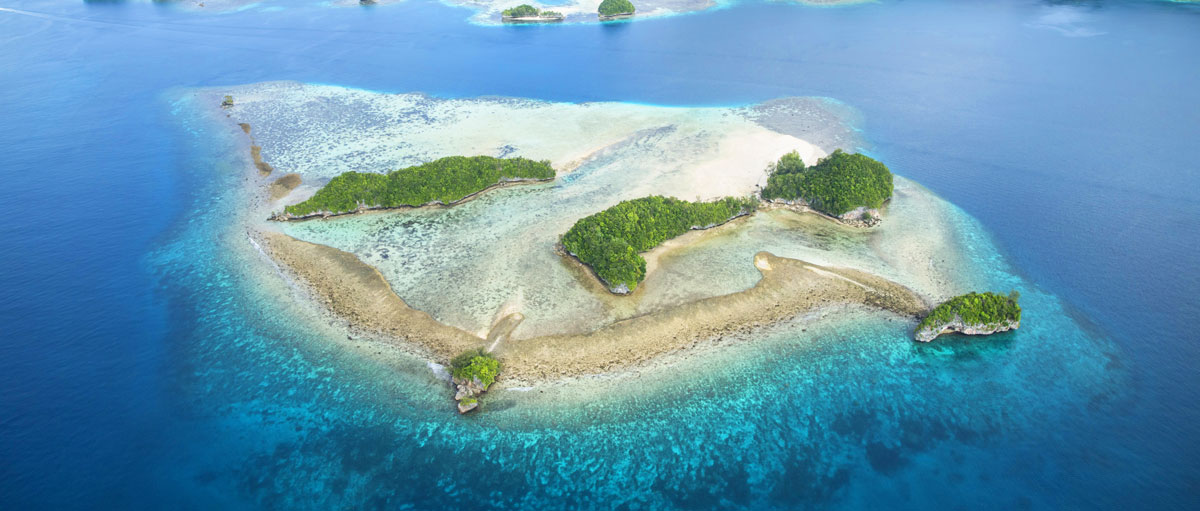 |
POPULATION STATISTICS
The Population of Oceania: Largest and Smallest Countries by Population
Oceania, a vast and diverse region, consists of numerous island nations scattered across the Pacific Ocean. While some countries in this region have significant populations, others remain among the least populated in the world. In this article, we will explore the largest and smallest countries in Oceania by population, highlighting the factors that influence their demographic trends.

Largest Countries by Population
- Australia – As the most populous country in Oceania, Australia has a population of approximately 26 million people. The majority of its residents live in major cities such as Sydney, Melbourne, and Brisbane. Australia’s high population is due to its strong economy, high living standards, and continuous immigration.
- Papua New Guinea – With a population of around 10 million, Papua New Guinea is the second-largest country in Oceania. Its diverse population consists of hundreds of indigenous groups, each with unique languages and traditions. The country experiences high birth rates, contributing to steady population growth.
- New Zealand – Home to about 5 million people, New Zealand is known for its high quality of life and strong economy. Most of its population is concentrated in urban areas like Auckland, Wellington, and Christchurch. Immigration plays a crucial role in the country’s population increase.
- Fiji – This island nation has a population of around 900,000. Fiji’s population is a mix of Indigenous Fijians and Indo-Fijians, a group that traces its roots to Indian laborers brought to the islands in the 19th century. The country has a stable growth rate, supported by tourism and agriculture.
- Solomon Islands – With a population of about 750,000, the Solomon Islands is another significant country in Oceania. The country faces challenges such as limited infrastructure and access to healthcare, which impact population growth and distribution.
Smallest Countries by Population
- Nauru – With only around 10,000 residents, Nauru is the smallest independent country in Oceania by population. The island nation has limited resources and relies heavily on imports and financial aid.
- Tuvalu – This small island nation has a population of about 11,000. Due to its low-lying geography, Tuvalu is highly vulnerable to rising sea levels, which could impact its population in the future.
- Palau – With a population of around 18,000, Palau is known for its pristine natural environment and marine biodiversity. The country has a stable population but faces challenges related to sustainability and economic development.
- Marshall Islands – This island nation has a population of approximately 42,000. Many residents have migrated to the United States under the Compact of Free Association, impacting the country’s demographic structure.
- Federated States of Micronesia – With a population of about 115,000, this country consists of numerous small islands. Migration and limited economic opportunities influence its population trends.
Oceania’s population is highly diverse, with some countries experiencing steady growth while others face challenges due to limited resources and environmental factors. While Australia and Papua New Guinea dominate the region in terms of population, small island nations like Nauru and Tuvalu highlight the unique demographic landscape of Oceania. Understanding these population dynamics is crucial for addressing economic, environmental, and social challenges in the region.
Thank you for visiting this website.
Last modified on 2006-10-30 by Jan Lahmeyer

|

